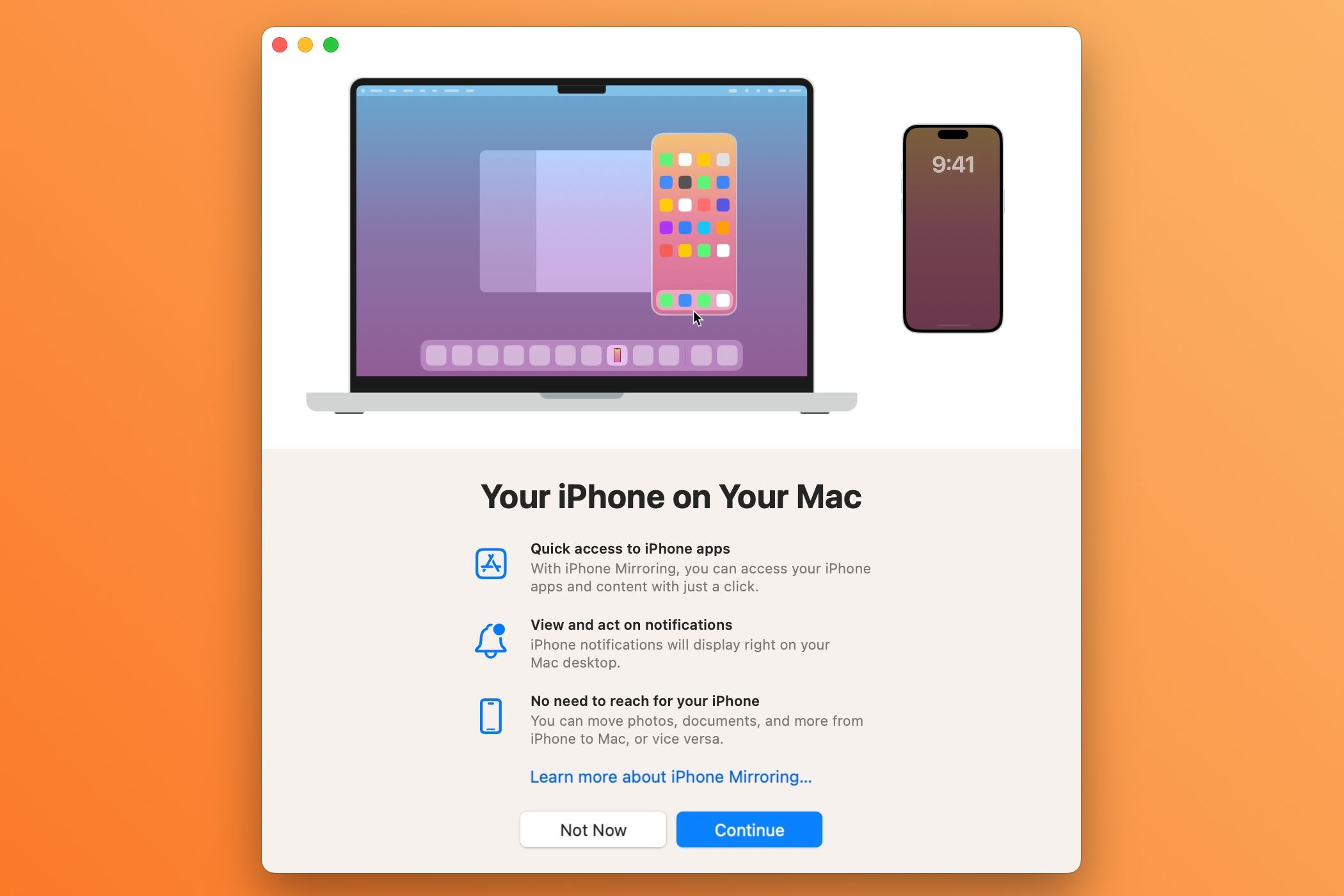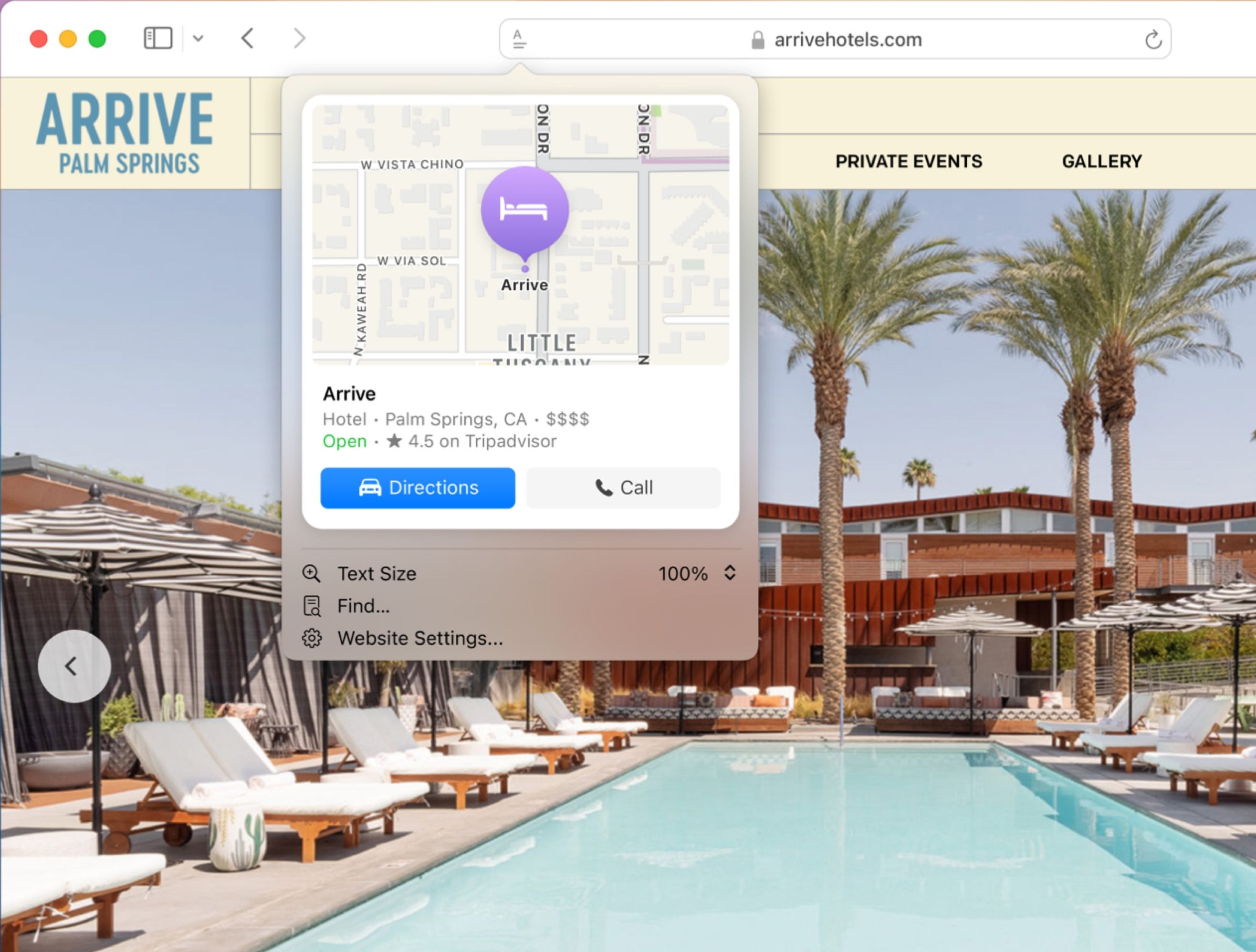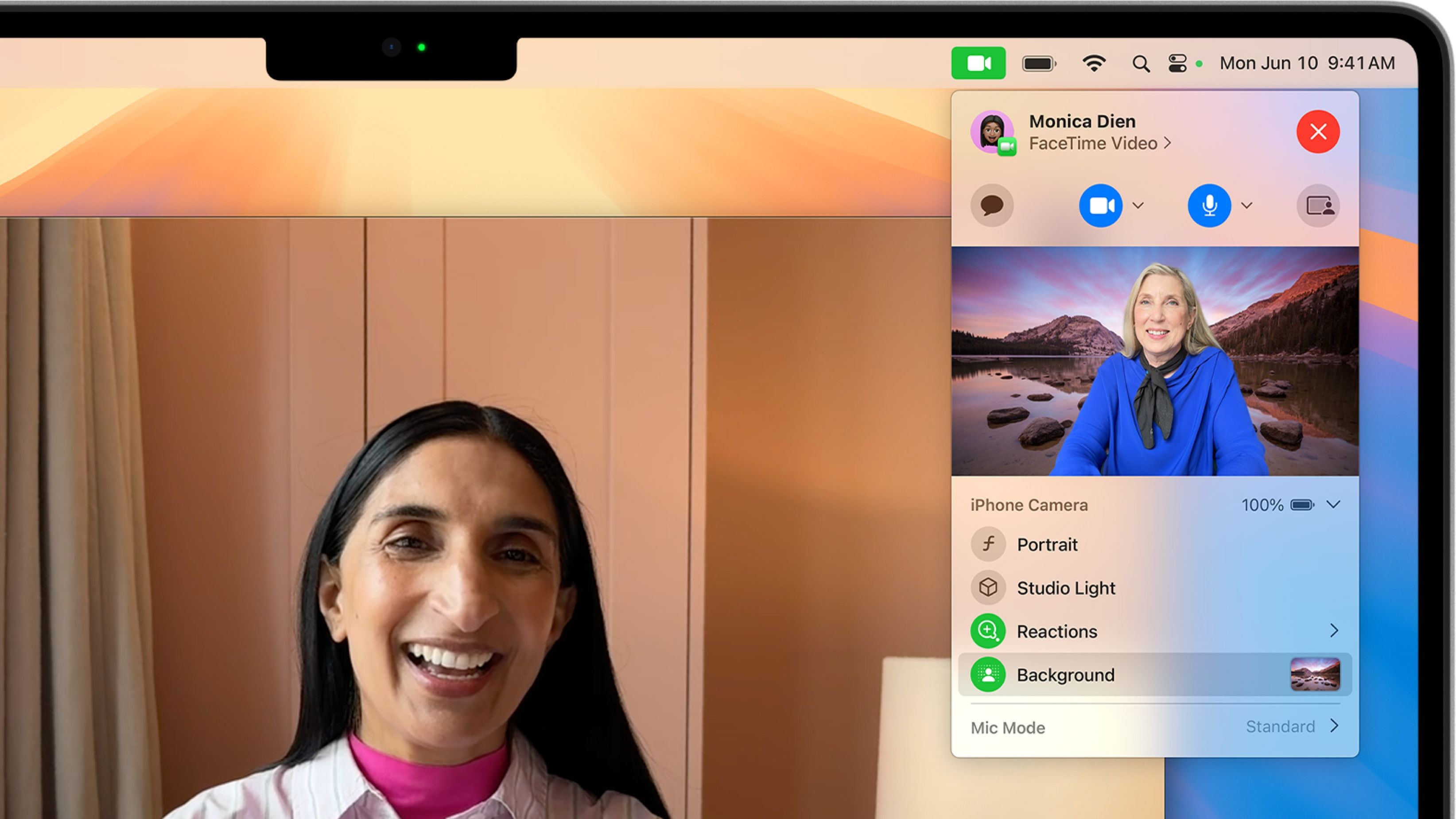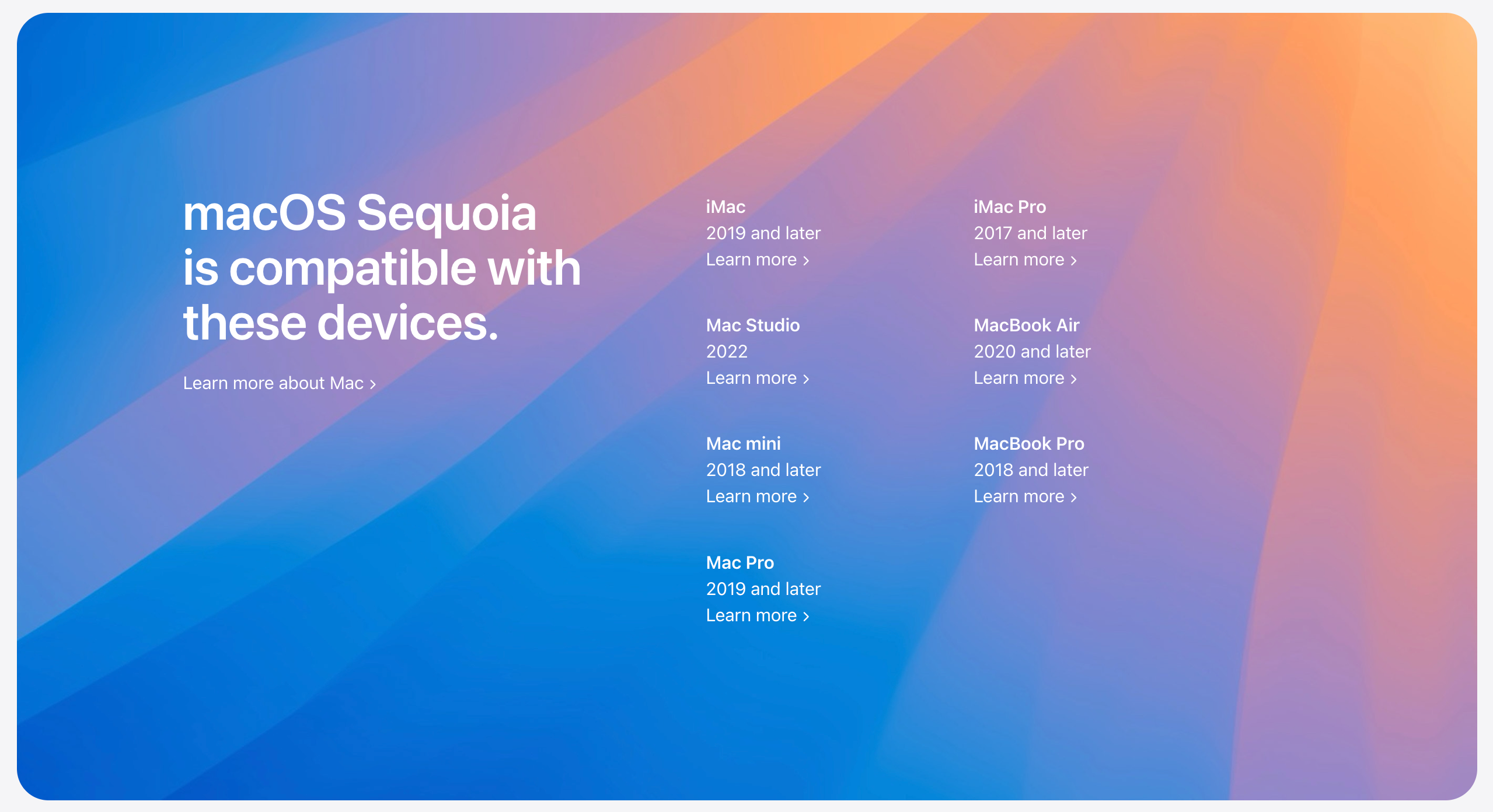Following a testing period throughout the summer, has now released macOS Sequoia, the next major iteration of the operating system powering its Mac computers.
To install an over-the-air update, click the Apple menu and choose “System Settings,” then navigate to General > Software Update and follow the onscreen instructions. As part of the update process, your Mac’s screen will go blank, and the computer may restart a few times. Compared to last year’s macOS Sonoma update, Sequoia supports all the same Mac models except the 2018 and 2019 MacBook Air laptops using Intel chips.
macOS 15.0 enhances Continuity capabilities for seamlessly moving between devices with the new iPhone Mirroring feature while bringing productivity and gaming improvements, Safari enhancements, and a bunch of quality-of-life enhancements making your everyday computing that much better. It has improved windows tiling, presenter preview, background replacement when videoconferencing, HDMI passthrough, and much more. Annual macOS updates bring fresh new wallpapers, and Sequoia is no exception. You can find new dynamic wallpapers that change throughout the day in System Setting > Wallpaper, including “Sequoia” and “Sequoia Sunrise.”
With the new iPhone Mirroring feature, you can receive and respond to iPhone notifications right on your Mac. It also lets you interact with your iPhone using your Mac’s keyboard, mouse, or trackpad and even mirrors iOS apps on your Mac, in case the app you want isn’t supported on Mac. macOS Sequoia 15.1 will also enable drag-and-drop in iPhone Mirroring.
Sequoia brings a new Passwords app for saving your usernames, passwords, and other secrets (this was previously built into the System Settings app). In Safari, the Highlights feature detects addresses, phone numbers, directions, store hours, and other information from the webpage you’re viewing and shows it in one place.
Safari works better with web video, which can now run in a picture-in-picture window while browsing. Safari Reader, a distraction-free reading experience, now lets you navigate longer articles with an automatic table of contents and a summary.
Sequoia tweaks the window-tiling capabilities of previous macOS releases to make window snapping more obvious. You’ll now see a suggested tile position when dragging a window to the edge of the screen. You can also hold the Option key when dragging a window or clicking the Full Screen control (the green dot in the window’s top-left corner) for tiling options.
Sequoia lets you check your appearance by clicking camera preview in the menu bar when starting a video call in a compatible app like FaceTime and Zoom. You can also replace your messy room with built-in backgrounds to look more professional on important video calls.
Game Mode is now even better, as Apple claims you’ll notice smoother frame rates. Owners of the second-generation AirPods Pro will enjoy the lowest Bluetooth audio latency ever and immersive spatial audio in compatible games, like Ubisoft’s Prince of Persia: The Lost Crown and Assassin’s Creed Shadows or Capcom’s Resident Evil 7 Biohazard. In-game chat and audio recordings will sound better via your AirPods Pro 2 thanks to 16-bit, 48kHz audio.
You can use reminders in the Calendar app. The Messages app lets you animate text in the chat bubble, Tapback reactions look better, and you can schedule a message to send later. The Maps app gains curated hikes and custom walking routes in the US and Japan. The Photos app brings AI-curated collections and natural language search. The Notes app transcribes audio recordings and supports proper mathematical notation. The history tape in the Calculator app now appears as a sidebar instead of a separate window.
Apple Intelligence is not part of this release, and will instead arrive alongside macOS Sequoia 15.1, iPadOS 18.1, and iOS 18.1 later in 2024. Keep in mind you’ll need an Apple silicon Mac to use generative AI text, images, and other Apple Intelligence features.
Additional Sequoia features will arrive via future updates. Owners of Intel-based Macs won’t be able to use certain Sequoia features that require newer hardware. Some capabilities are further restricted in terms of language support, as evidenced by Apple’s macOS Feature Availability page. Apple will detail what vulnerabilities macOS Sequoia patches on a dedicated page detailing security releases once enough people have installed Sequoia.
Source: Apple







